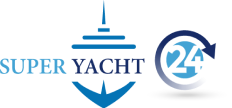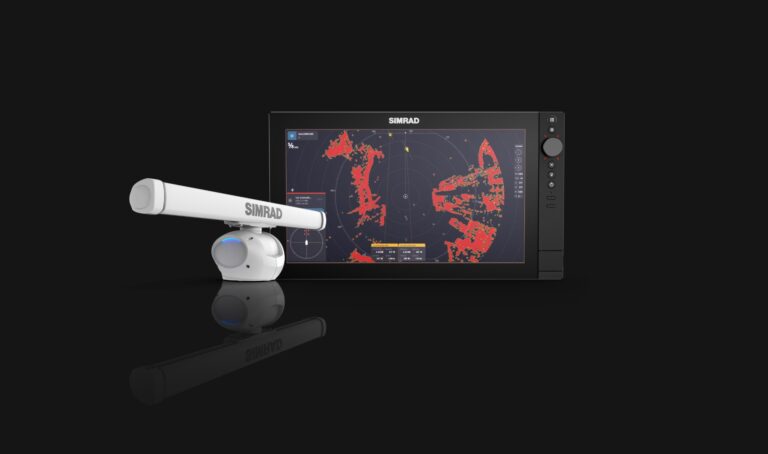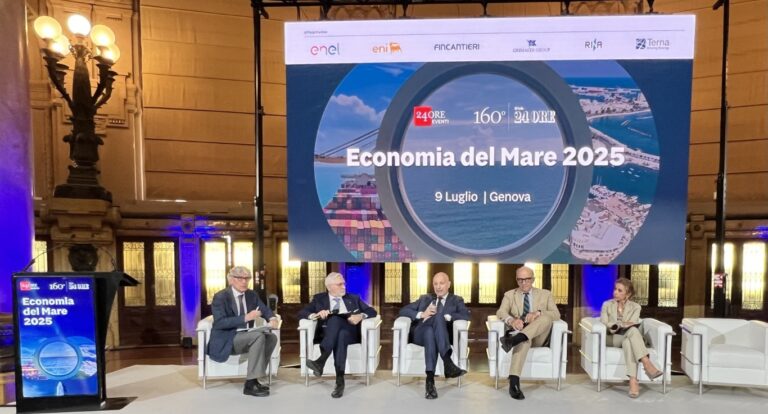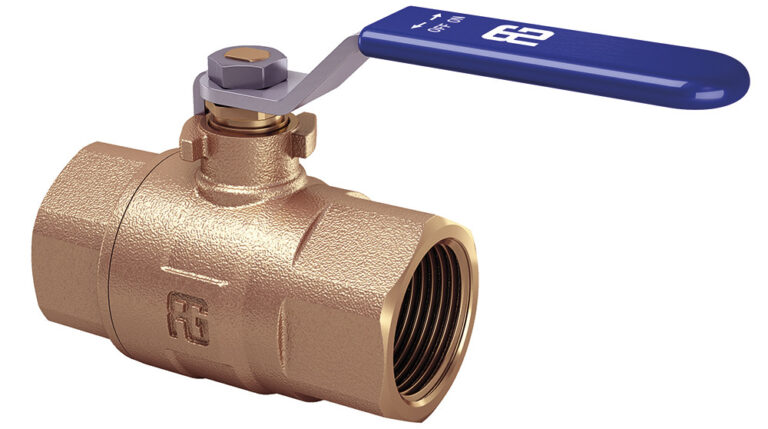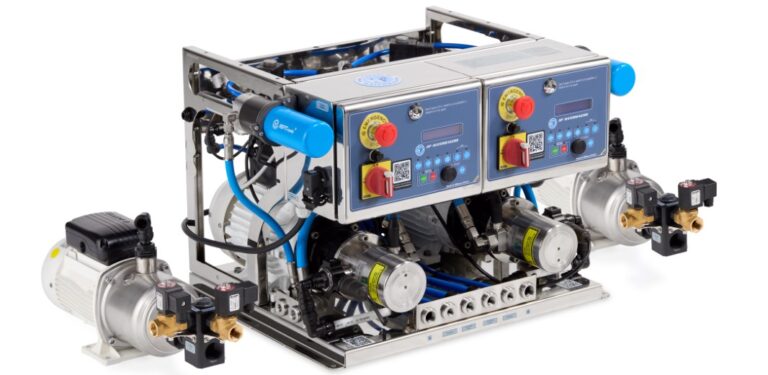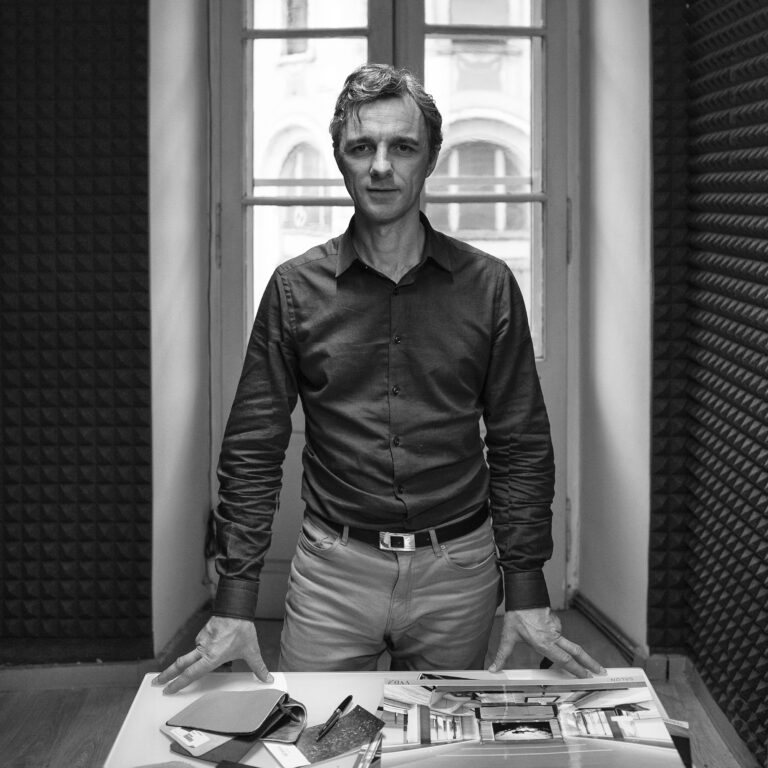Marco Massabò: “This is how we relaunched Pisa Shipyards”
A 80 feet long unit purchased by a “very famous celebrity” is already under construction with delivery scheduled for next year
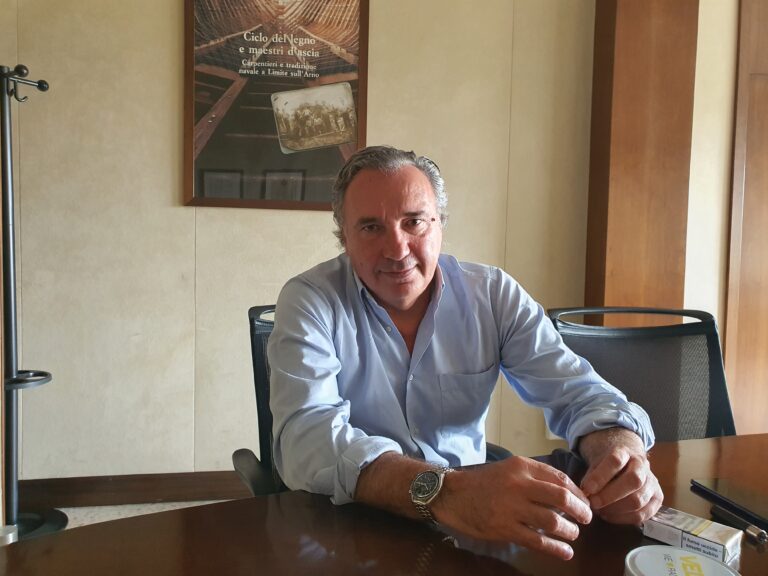
All great international yachting enthusiasts deeply admire Pisa Shipyards, which, after a long period of suspension of their activities, were taken over by new owners, and its new management chose SUPER YACHT 24 for an exclusive interview with managing director Marco Massabò, whose family has been active in the yachting sector since three generations and who comes from the company Wally, which stands out for its innovation.
Mr Massabò, first of all, how did you conceive the idea of relaunching Pisa Shipyards?
“The investment was inspired by the passion for yachting, and for the shipyards’ history, that I share with Enrico Gennasio, the founder of Alfagomma. From the very beginning, we planned to create an industrial project, rather than an entrepreneurial one. Therefore, since the take-over in June 2021, and with my appointment as managing director in September, we worked together to understand the potential of the overall structure, and we decided to start from the refit sector, investing 370,000 Euro in warehouses. Our choice turned out to be successful because since then we have hosted 25 ships and we relaunched the suppliers industry. At present, besides our employees, in our shipyards we have an average of 100-150 workers and, considering that we started from scratch, these figures are significant.
We were self-sufficient from the very beginning, and we are proud of it since we have always been financially secure”.
What were your subsequent goals?
“We focused on innovation, both as concerns style and materials to use for the new Pisa Shipyards’ models, and we created a sort of start-up supported by professionals and in collaboration with the University of Pisa. At that time, the shipyards’ yachts were regarded as iconic due to our attention to quality and research, and today we are continuing on this path with cutting-edge materials: carbon, hybrids and technologies such as vacuum, together with other systems aimed at increasing hull rigidity and its performance in terms of lightness. A light boat implies less need for power, and we aim at lighter, more rigid and better performing boats. This is a very complex goal because, while on the one hand a less heavy boat is also less consuming – therefore for us it represents the real “green” – on the other hand a lower weight by approximately 30% compared to fiberglass requires special procedures/processes. Our boats will be much lighter and at present their structural works could only be carried out by very large groups. Processes are demanding not only for the higher cost of materials, but also for the much more sophisticated production industrial process”.
In what innovative areas are you working?
“The university and professionals are working especially on fluid dynamics and water flowing on the hull. We have also joined a project at an experimental stage on which the Parma-based company is working – also for Ferrari – related to a special molecular painting procedure. Research and development concerns all aspects of our production, also furnishings or electrical systems. Being Pisa Shipyards, we cannot help thinking in terms of uniqueness and excellence.
As concerns design, we made a radical choice by engaging the most famous professional, who is even working in the automotive sector – Etienne Salomé – and designed also the Bugatti. Since he does not come from the yachting sector, this aesthetic choice is a further effort for our internal technical office. And in order to conceive the first hulls, we chose the firm of engineer Marco Arnaboldi”.
Can you reveal us some details about your first, eagerly-awaited, construction?
“Since September the 1st as of today we have already sold and started the production of our first 80 feet long unit, which will be ready in about one year, besides three ongoing negotiations for the same model. This is a very fast boat that can reach 60 knots, and which will be produced in two versions: Fast and Work Around. This production process concerns the entire fleet, therefore also 50 feet tenders, 80 feet boats in both versions, as well as large boats with the new Akhir yacht offering three models: 32, 37 and 40 meters long respectively”.
The Akhir yacht has been a symbol for Pisa Shipyards. What will the differences be in the new model?
“The most suitable definition four our new Akhir yacht is definitely ‘spaceship’. We did not forget its essence and we will maintain some stylistic elements, but adding the philosophy of our new production. In fact, our new Akhir yachts will be designed with extremely light materials and different processes. For its interiors we made an Italian choice”.
Given how you started out, it seems likely that the shipyard will soon need new areas. Are there any news in this respect?
“It is important that owners are represented by the industrial category. We want to bring some industry in a sector in which there is not much industry, and we know very well that this will not be easy. We have very important logistic operations, and in the past months we have been active in the Livorno area. We are already talking about investing several million Euro. We do not have any debts, we do not even have credit facilities, and we are proud to put our name on it”.
How did the institutions support your initiative?
“To some extent, the institutions are helping us. The production hub which is developing along the Navicelli canal, where our shipyard is located, is second only to La Spezia, and definitely superior to that of Viareggio. We have an excellent relationship with the company that manages the canal and the areas. However, I believe that, at an institutional level, we should immediately understand that the figures achieved by the yachting sector are probably much higher than those of any activity in the Pisa area. If even more companies were active in this canal, it would be at least six meters deep and more attention would be paid also to its usability. Today, however, when they lower their boats into the water, companies that are manufacturing very high quality products have to hope for high tide, and that there are not sandbanks. Sometimes, boats worth several million Euro are forced to sail with only 25 cm of water below their propeller. The sea is far from here and in the canal we only have a three meters water depth, with points of only two meters, and this implies many risks. I believe that the Region is underestimating this reality, although some 7-8,000 people are working in this canal, including employees and satellite activities”.
Despite this problem, what are your development perspectives?
“We plan to quadruplicate our workforce, achieving over 100 employees and investing also in training. We started training new engineers, architects and many others, because yachting is a complex industry. While universities provide these professionals with an overall training, they lack specific knowledge. Consider that only painting has an impact of two percentage figures on production. The cost of one square meter of a good yacht ranges from 1,000 to 1,200 Euro (and, for instance, an 80 feet long boat is 200 square meters wide), therefore also the value of that single process is very high, and requires an extremely precise synchronism with other processes. We work on the process in order to ensure a final control and quality, and in this process training is essential. For this reason, we invest a lot of time and money in it, as well as in procedures, from designing to completion”.
Can you tell us something about the shipowner of Pisa Shipyards’ first 80 feet long boat? And possibly how much it costed?
“No. I can only tell you that the shipowner is really famous, and that he/she is not Italian. The units costed 8 million Euro.
Finally, we have the desire, the finance and any other necessary element to work on this project, of which we are proud. I am speaking on a personal level as director, but the same is true also for the owners, the employees and all our collaborators. Generally, this type of process requires years, but in six/seven months we might be already talking about other new initiatives”.
CLICK HERE IN ORDER TO RECEIVE SUPER YACHT 24’S NEWSLETTER REGULARLY
